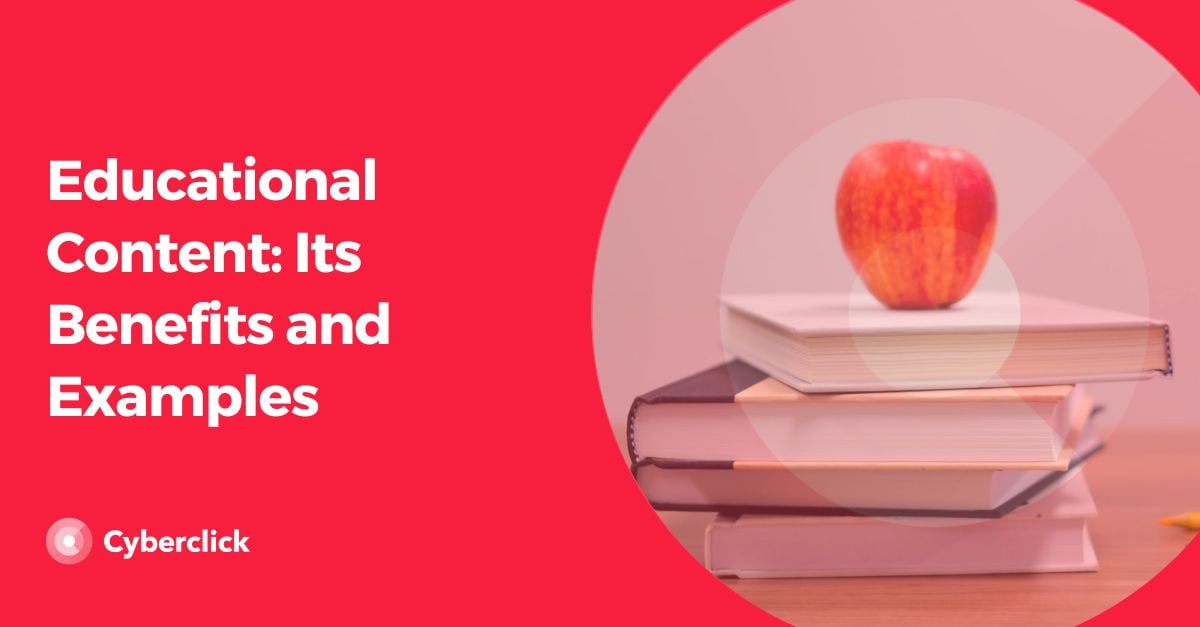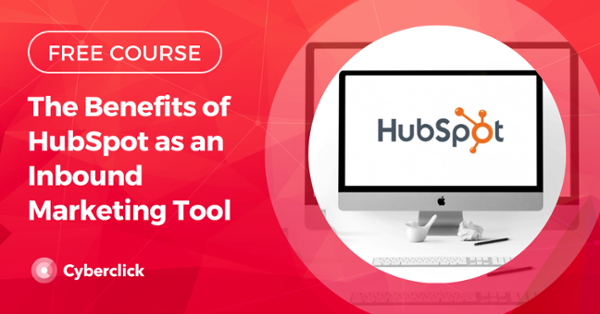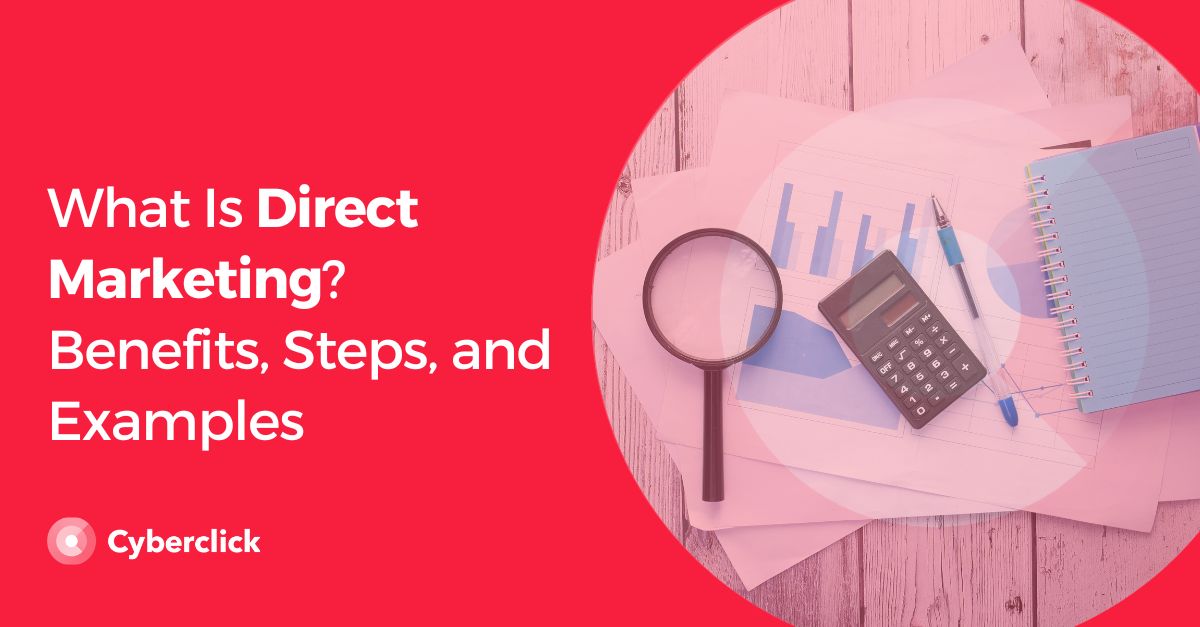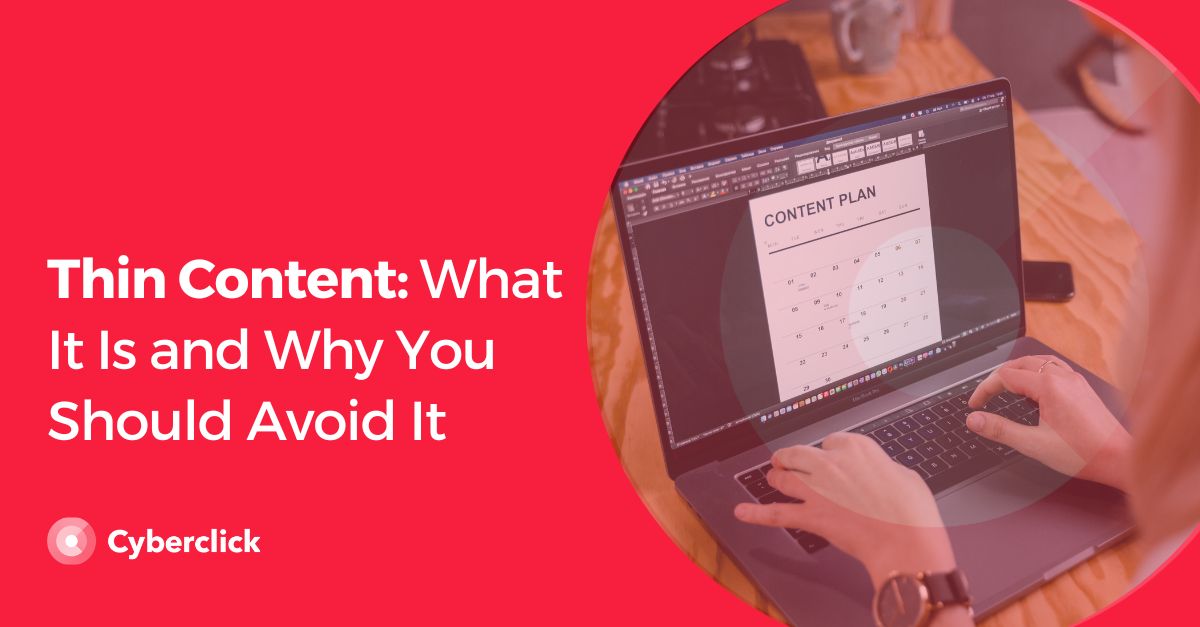Some marketing teams resist the idea of giving away free content online that holds educational value, for fear of it resulting in less profit. Have you ever found yourself wondering: Why would clients purchase our products and services if we have already fulfilled their needs and answered their questions with a free blog post?
Well, providing educational content to your audience has actually proven to boost visits and sales. Read on to learn more!
What Is Educational Content?
Educational Content is the term used to describe content that educates the audience, either by explaining concepts or by providing instructions to complete processes and solve common problems.
Educational content should solve a problem or fill a knowledge gap that the reader has, preferably questions or issues that come up often. This is because evergreen educational content (content that stays relevant as time goes on) performs best and generally achieves better results.
These results can translate not only into hits and views, but also into shares, your website’s positioning in SERPs, and in social media algorithms.
Educational content has to be of high quality in order to truly provide value. High-quality content will gain trust from both users and search engines. On top of that, providing high-quality authoritative content will open the door to external shares and valuable backlinks. This helps cement your business’ reputation as one that can be trusted.
Unlike website copy and marketing content, educational content isn’t created with the intention of converting leads into sales. Before making a decision, customers want to be well-informed about the options they have, and providing them with educational content is an ideal way to demonstrate your field expertise and show them why your solution could be exactly what they might be looking for.
The purpose of educational content is to increase awareness about customer pain points and define possible solutions. This will instill a sense of trust in consumers’ minds about your brand.
Why Is It Important to Create Educational Content for Your Customers?
Search engines favor content that asserts expertise within its scope and solves important questions that people search every day, but the biggest reason to create valuable educational content is to please your users. Up to two-thirds of people prefer educational content that informs and enlightens them. As a result, this type of content ranks higher in engagement than other forms of marketing content.
Positioning your brand as a subject matter expert makes consumers feel that your products set the industry standard. Customers that are happy with the information they have are incredibly grateful, too. Make your customers love your content and they will keep coming back and telling everyone about it. They will end up being your best marketers.
Another advantage of educational content is that it is very low maintenance, as it stays relevant throughout time and requires very little updating and maintenance. Despite this, it keeps bringing in significant traffic to your website.
How to Implement Educational Content Effectively
To implement educational content effectively, consider your target audience's needs and preferences. Start by conducting thorough research to identify the questions, pain points, and knowledge gaps your audience has. This will allow you to tailor your content to address these specific needs.
Next, choose a format for your educational content that will appeal to your audience. Whether it's informative blog posts, how-to videos, webinars, or infographics, the format should align with the subject matter and cater to your audience's preferred way of consuming information.
Lastly, don't forget to measure the impact of your educational content. Use analytics tools to track engagement, click-through rates, and conversion metrics. This data will help you refine your approach and ensure that your educational content continues to appeal to your audience effectively.
3 Educational Content Examples
1. Common Problems and Concerns
Educational content about common problems and concerns that your customers experience will convince them that you know exactly what you’re talking about and can confidently fulfill their needs. It could also push them into considering solutions they didn’t know they needed or were available. While you might not be able to solve every single problem, if you swoop in with the perfect solution to a problem that they find highly relatable, they are going to go straight for it.
2. Knowledge Gaps
Another type of educational content is one that is less directly related to the products or services your business offers, but still covers an important knowledge gap your customer might have.
Providing free content will build trust and convince the customer that your business cares about their wellbeing and independence, and not solely about making sales and revenue. Arm your customers with deeper knowledge about what your business does, as this will allow them to indirectly get to know your industry a bit better.
3. Social Causes
Many businesses have taken it upon themselves to contribute to big causes that affect all of us, such as inequality or climate change. In general, businesses want to find success without having a negative impact on the environment while being as inclusive as possible. This way, customers will take your values into consideration when they spend their hard-earned money.
Responsable de la estrategia de contenidos y visibilidad en Cyberclick, con enfoque Allbound y especialización en posicionamiento SEO, GEO y automatización con IA. Gestión avanzada del CRM con HubSpot: base de datos, workflows, lead nurturing, scoring y reporting. Experiencia en marketing digital, comunicación corporativa y periodismo, uniendo estrategia, creatividad y tecnología para captar y convertir leads cualificados.
Responsible for content and brand visibility strategy at Cyberclick, with an Allbound approach and specialization in SEO, GEO (Generative Engine Optimization), and AI-powered automation. Advanced HubSpot CRM management: database segmentation, workflows, lead nurturing, scoring, and reporting. Background in digital marketing, corporate communications, and journalism—combining strategy, creativity, and technology to attract and convert qualified leads.







Leave your comment and join the conversation